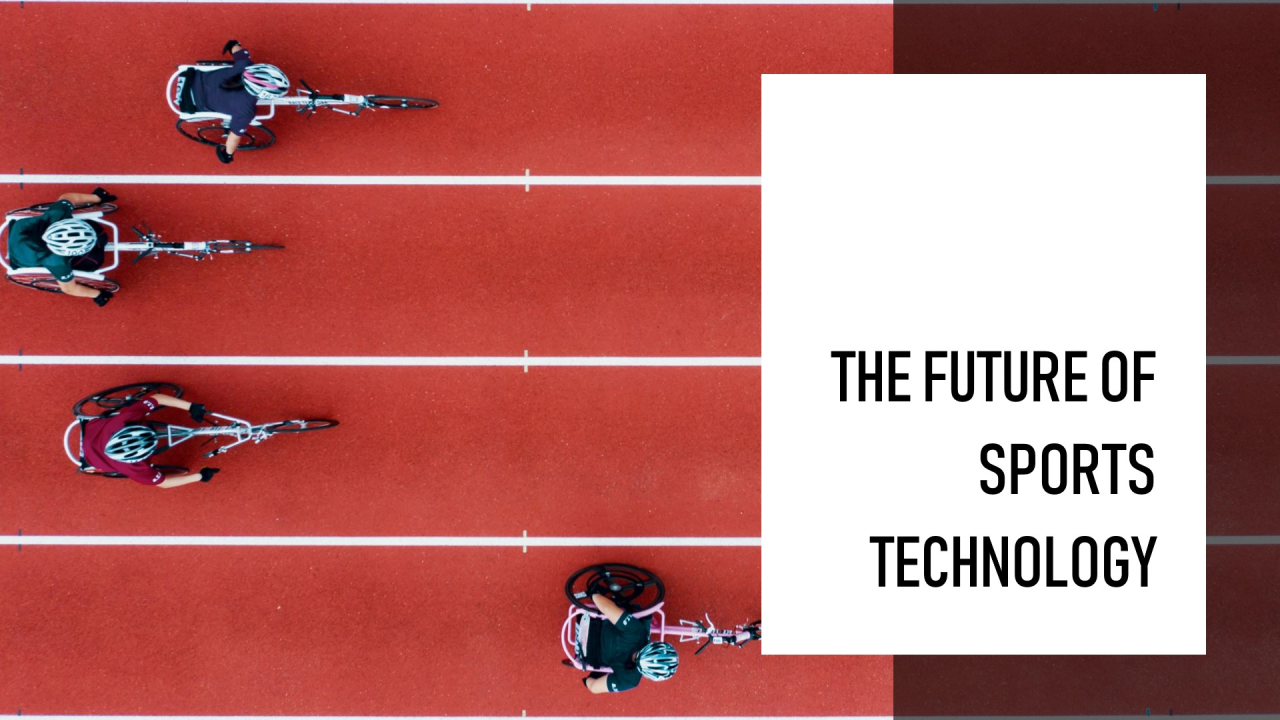Introduction to the history of sports broadcasting
The world of sports broadcasting has undergone a remarkable transformation over the decades, evolving from simple radio broadcasts to immersive experiences that put fans right in the middle of the action. Imagine being able to feel like you’re on the sidelines during an intense football game or experiencing every heart-pounding moment of a championship match as if you were there live. This shift hasn’t happened overnight; it’s been shaped by technological advancements and changing viewer expectations.
As we trace this evolution, we’ll explore how traditional methods laid the groundwork for modern viewing experiences, discover how innovations have revolutionized access to sports content, and glimpse into a future where virtual reality might redefine fandom entirely. Get ready to dive deep into The Evolution of Sports Broadcasting and see just how far we’ve come!
Traditional methods of sports broadcasting (radio and television)
Before the digital age, sports broadcasting relied heavily on traditional methods. Radio was a pioneer in bringing live sports to fans’ ears. The crackle of static and the voice of a passionate commentator created an immersive experience long before visuals took center stage.
Television emerged as a game-changer in the mid-20th century. Suddenly, viewers could not only hear but also watch their favorite teams compete. Iconic moments like Ali vs. Frazier or the Super Bowl captured millions, changing how people engaged with sports.

These platforms built communities around shared experiences. Families gathered around flickering screens or radios, cheering for their teams together. This connection laid the groundwork for future innovations in broadcasting while fostering lifelong fandoms that endure today.
As technology advanced, so did viewer expectations—paving the way for what we see now and what lies ahead in this thrilling industry journey.
The impact of technology on sports broadcasting
The rise of technology has dramatically reshaped sports broadcasting. Gone are the days when fans relied solely on radio or standard TV broadcasts to catch their favorite games.
Today, high-definition video and multiple camera angles offer a richer viewing experience. Viewers can now choose from various perspectives, making every match feel immersive.
Streaming services have disrupted traditional broadcasting models. Fans can watch live events on-demand from anywhere in the world, breaking geographical barriers.
Social media platforms play a pivotal role as well. They provide instant highlights, behind-the-scenes content, and interactive engagement with athletes and teams.
Moreover, data analytics enhance storytelling during broadcasts. Real-time statistics keep viewers informed about player performances and strategies throughout the game.
As technology continues to evolve, so does our relationship with sports media—making each game more engaging than ever before.
Virtual reality in sports broadcasting
Virtual reality (VR) is redefining the way we experience sports. No longer confined to a seat in a stadium or living room, fans can immerse themselves in the action as if they were right on the field.
Imagine donning VR goggles and finding yourself at an NFL game. You’re not just watching; you’re virtually standing on the sidelines, feeling every tackle and hearing each cheer from fellow fans.
This technology allows viewers to choose their perspective—be it behind home plate at a baseball game or courtside during an NBA showdown. The sense of presence changes everything.
Broadcasters are leveraging VR to enhance storytelling too. Pre-game rituals, player warm-ups, and even locker room moments become accessible experiences that deepen fan connection.
As more networks invest in this innovation, expect even greater advancements that will further blur the lines between reality and virtual experiences in sports broadcasting.
Advancements in fan engagement through technology
Technology has redefined how fans interact with their favorite sports and teams. Social media platforms now serve as vibrant hubs where fans share their passion, engage in discussions, and connect with athletes.
Mobile applications have transformed the spectator experience. Fans can access real-time stats, highlights, and even behind-the-scenes content right at their fingertips. This level of accessibility elevates their connection to the game.
Additionally, gamification elements like fantasy leagues encourage deeper involvement. Fans aren’t just passive observers; they become part of the action through virtual competitions that enhance thrill.
Augmented reality (AR) experiences further enrich engagement by allowing supporters to visualize player stats or view immersive game highlights while attending live events.
These innovations create a dynamic relationship between teams and supporters, fostering loyalty and community spirit that was previously unimaginable. Technology continues to bridge gaps between fans and their beloved sports in extraordinary ways.
The future of sports broadcasting: predictions and possibilities
The future of sports broadcasting is poised for remarkable transformation. As technology advances, we can expect an even more immersive viewing experience.
Artificial intelligence may become a game-changer, allowing personalized content tailored to individual preferences. Imagine watching matches with commentary that resonates with your favorite teams and players.

Additionally, augmented reality could enhance live broadcasts by overlaying statistics and player information in real-time. Fans might find themselves feeling as if they’re part of the action from their living rooms.
Blockchain technology may also play a role, offering secure ways to purchase tickets or stream games without intermediaries. This could lead to unprecedented access for fans globally.
Moreover, interactive platforms might allow viewers to influence game outcomes through polls or voting systems during live events. The blend of traditional broadcasting methods with cutting-edge tech promises endless possibilities ahead in how we consume sports entertainment.
Frequently Asked Questions
The Evolution of Sports Broadcasting has been a remarkable journey. As technology advanced, so did the way we experience sports. From radio waves to streaming services and now virtual reality, the transformation is astounding.
What was once confined to traditional methods like radio and television has expanded into immersive experiences that bring fans closer than ever to their favorite teams and athletes. The convenience of watching games from any device adds another layer of engagement that simply didn’t exist before.
As advancements continue, fan engagement also evolves. Social media platforms allow for real-time interactions during games, creating a community around every sporting event. Fans today can participate in discussions instantaneously while enjoying live broadcasts.
Looking forward, predictions suggest even more innovative technologies will shape our viewing habits. Augmented reality might soon enhance our at-home experiences by overlaying stats or player profiles right on our screens as we watch games unfold.
What are some early forms of sports broadcasting?
Early forms included radio broadcasts in the 1920s and television coverage beginning in the 1930s.
How has technology impacted sports broadcasting?
Technology has allowed for higher quality visuals, instant replays, multiple camera angles, mobile streaming options, and interactive features enhancing viewer experiences.
Is virtual reality widely used in sports broadcasting yet?
While still emerging, VR is gaining traction with select events offering virtual attendance options for fans around the world.
Will social media continue to impact how we consume sports content?
Yes! Social media provides immediate access to highlights, commentary from influencers and allows fans to engage directly with athletes and teams during live events.
What does the future hold for sports broadcasting?
Innovations such as AI analytics for personalized viewing experiences or enhanced interactivity through AR may redefine how viewers connect with their favorite sports moving forward.












